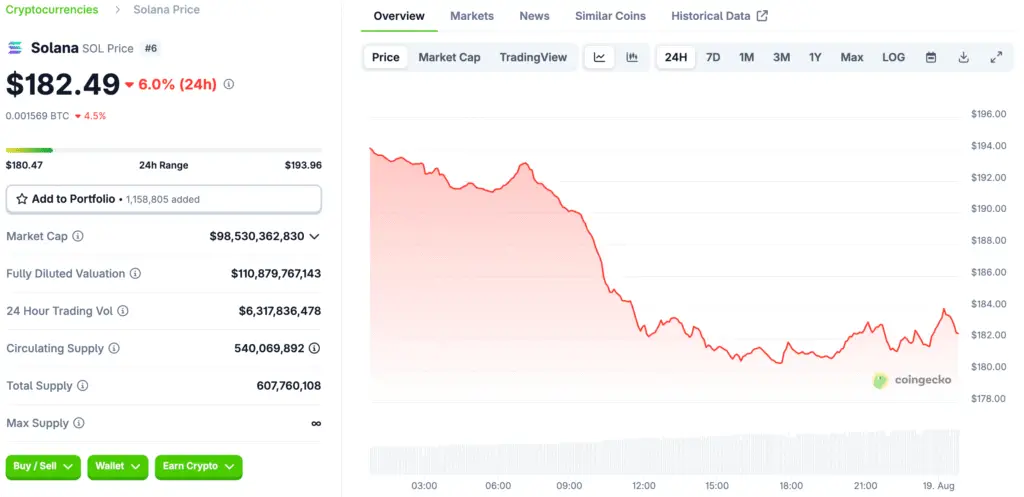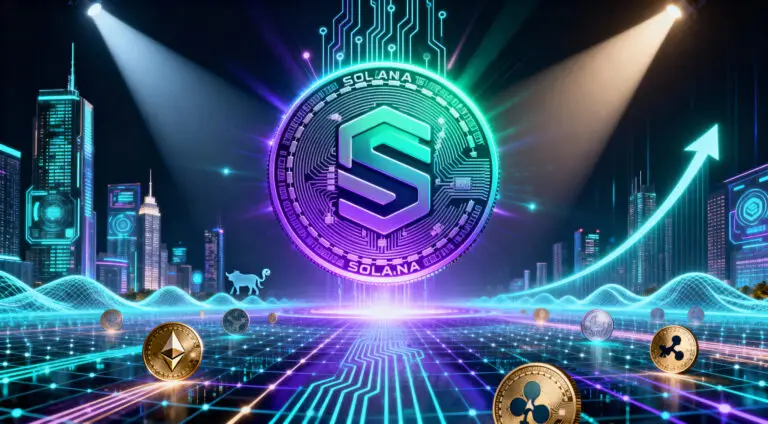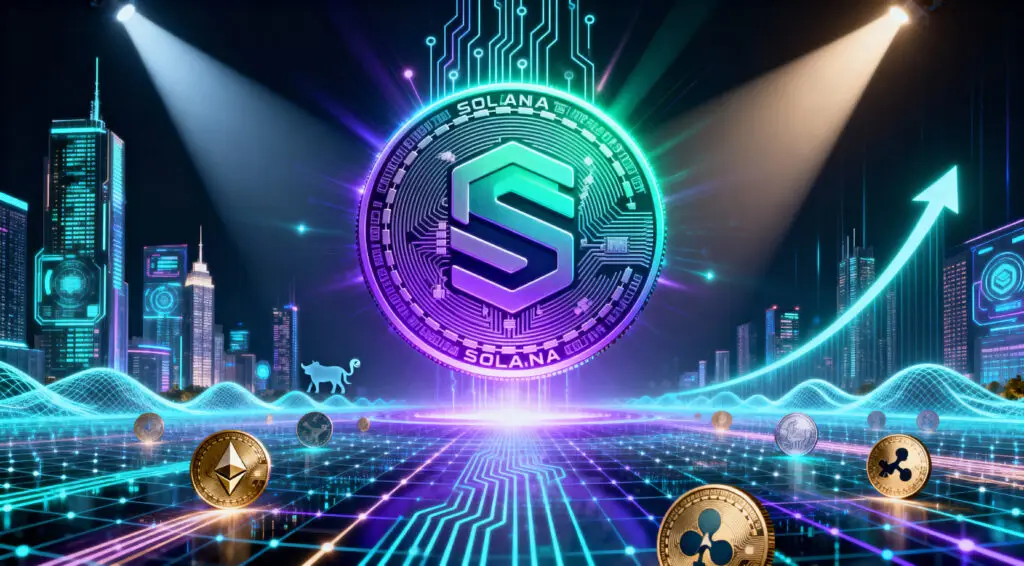The Impressive 100,000 TPS Milestone
The Solana blockchain has once again captured the attention of the crypto world by briefly achieving a remarkable milestone of over 100,000 transactions per second on its mainnet. This achievement, confirmed by Helius co-founder Mert Mumtaz, represents a significant leap in network throughput and demonstrates the network’s formidable capacity under stress. The peak was recorded within a single block, which logged an impressive 43,016 successful transactions. This single-block burst pushed the total transactions per second (TPS) to a staggering 107,540, a number that far surpasses the throughput of most other blockchains and traditional financial systems.
This high-performance metric is a testament to Solana’s unique architecture, which utilises a proof of history consensus mechanism to achieve parallel transaction processing. The milestone serves as a powerful signal to developers and investors alike that the network is capable of handling massive scale, positioning it as a strong contender for a wide range of high-throughput applications, from decentralised finance to gaming.

Deconstructing the Stress Test: No-Ops vs. Real Activity
While the 100,000 TPS figure is technically accurate and visually compelling, it is crucial to understand the nature of the transactions that generated this number. According to the data, the majority of the transactions were no-operation, or “noop,” programme calls. These are lightweight, simple instructions that are designed specifically to stress-test the network’s capacity without performing any meaningful function like a token transfer or a complex smart contract execution.
Think of them as a way of pinging the network to see how fast it can respond and process requests under a heavy load. The sheer volume of these transactions proves Solana’s ability to handle high data rates, but they do not fully reflect the complexities of real-world user activity. True network health and performance are measured by the smooth and efficient processing of a diverse mix of transactions, including token swaps, NFT mints, and other application-specific actions that require more computational power.
Analysing Solana’s Real-World Throughput
Looking beyond the stress test numbers, it’s important to analyze Solana’s actual, sustained throughput under normal operating conditions. According to data from Solscan, Solana’s typical throughput hovers around 3,700 TPS. However, even this number requires a closer look. A significant portion of this activity, specifically two-thirds of it, comes from validator voting transactions. These are internal network messages used for consensus and do not represent external user-initiated activity.
When these consensus-related transactions are excluded, Solana’s real user transaction throughput sits closer to 1,050 TPS. While this figure is still impressive and significantly higher than many competitors, it provides a more accurate picture of the network’s current performance for real applications. This distinction between theoretical maximums and practical, real-world usage is a key consideration for developers building on the platform and for investors evaluating its long-term viability.
The Dominance of Meme Coins and DeFi Growth
A large part of Solana’s recent network activity and on-chain metrics can be attributed to the dynamic and often volatile world of meme coins. The network continues to derive the majority of its activity from this specific sector, which is driven by a unique blend of community engagement and speculative trading. A prime example of this is the protocol Pump, which alone holds a staggering 62% of the total value locked on the Solana blockchain.
The concentration of activity in a single application highlights both the platform’s ability to serve niche markets effectively and a potential risk of over-reliance on a single type of use case. However, this meme coin-driven momentum has also contributed to a broader growth trend within the network’s decentralised finance (DeFi) ecosystem.
Solana’s DeFi Ecosystem Nears All-Time Highs
Despite the volatile nature of meme coins, Solana’s overall DeFi ecosystem has shown remarkable resilience and growth. The total value locked (TVL) on the network has climbed to an impressive $10.7 billion, a figure that puts it very close to its all-time high achieved back in January. This growth is a strong indicator that beyond the speculative activity, there is a serious and expanding base of developers and users building and interacting with financial applications on Solana.
The increasing TVL reflects growing confidence in the network’s scalability and reliability for complex financial operations. This expansion is crucial for Solana’s long-term health, as it diversifies the network’s utility beyond simple transactions and solidifies its position as a major player in the decentralised finance landscape.
The Token Price and Market Reaction
The news of the network’s technical achievements and ecosystem growth has coincided with a period of strong performance for the SOL token. At the time of this writing, the Solana token is trading around $187. This price level reflects a positive market sentiment and investor confidence, which are bolstered by both the network’s technical milestones and its expanding DeFi ecosystem.
The price action suggests that the market is valuing the network’s fundamental improvements and its growing utility. While a high TPS number is a strong narrative, it is the tangible growth in TVL and developer activity that ultimately validates the network’s long-term value proposition and supports the token’s price.
Future Implications for the Solana Ecosystem
The recent achievements and trends on the Solana network have several key implications for its future. The ability to handle over 100,000 TPS, even in a controlled stress test, demonstrates the network’s potential to scale to meet the demands of global adoption. As developers continue to build more complex and demanding applications, Solana’s high throughput will be a critical advantage. The maturation of its DeFi ecosystem, as evidenced by the climbing TVL, suggests that the network is moving beyond simple speculation and into more substantive use cases.
While the reliance on meme coins is a point of discussion, the growth in TVL indicates a broader and more stable foundation is being built. The challenge for Solana now is to translate this raw technical capacity into a wider range of mainstream applications and to continue to attract a diverse base of users and developers.















